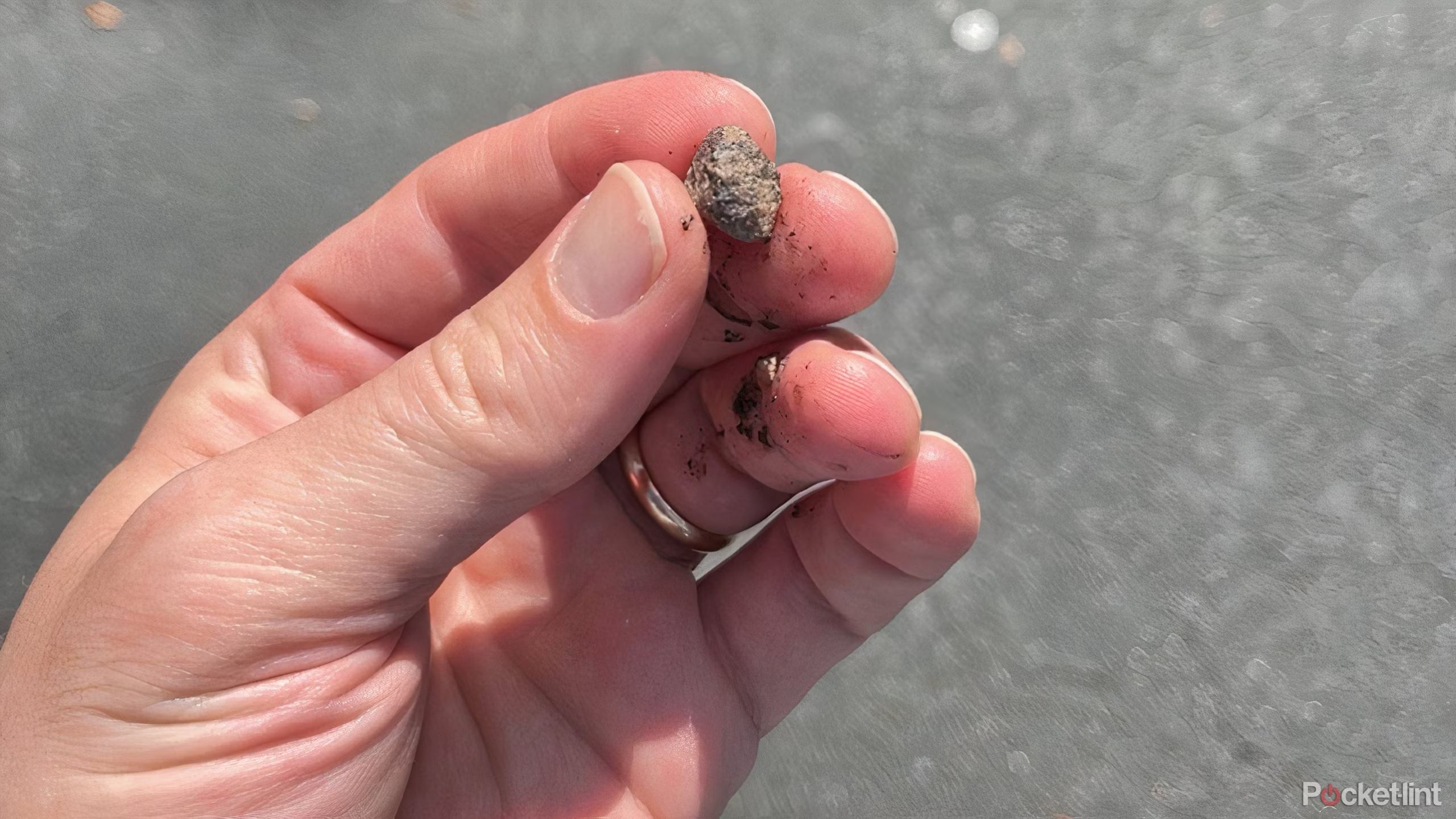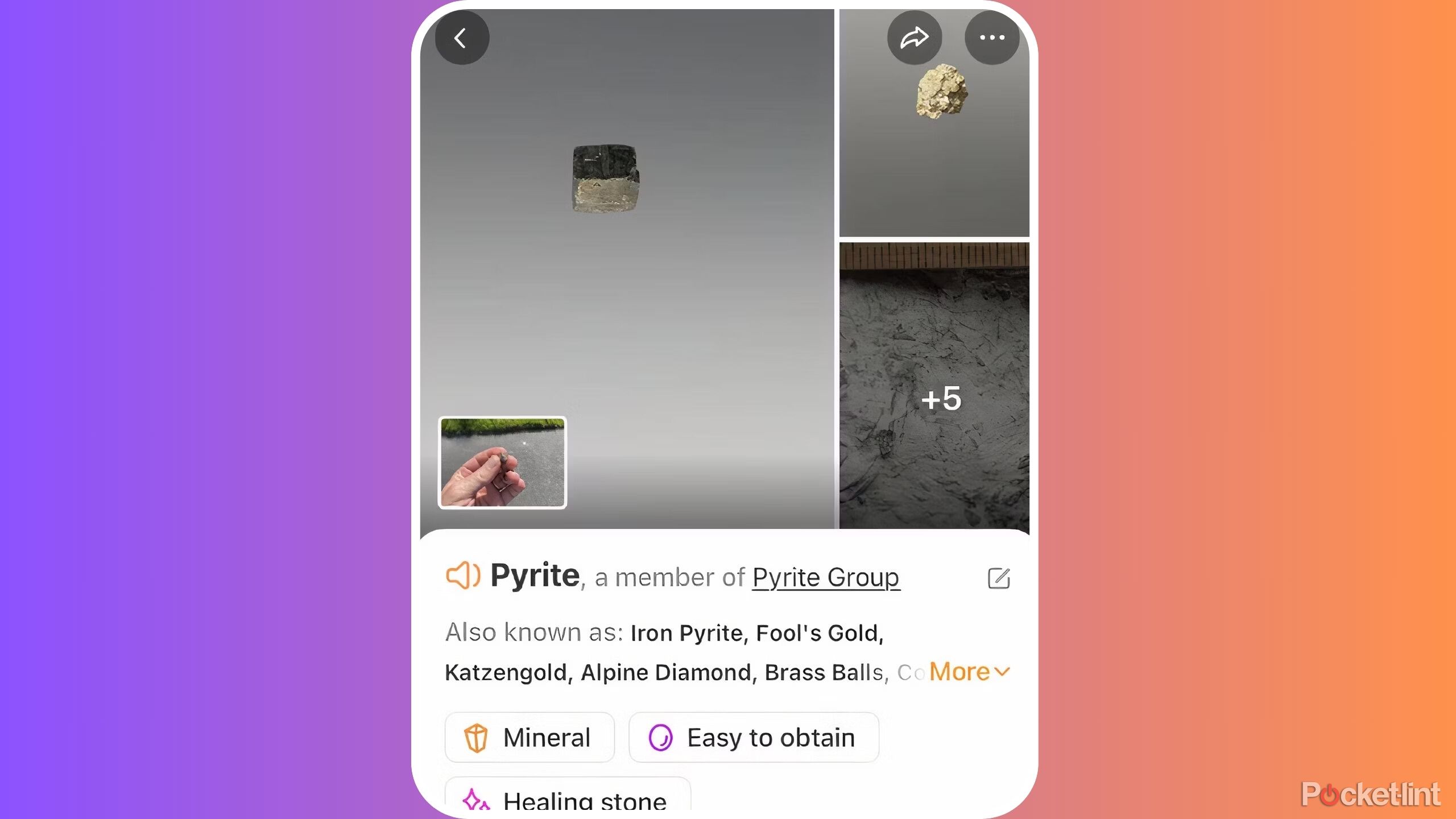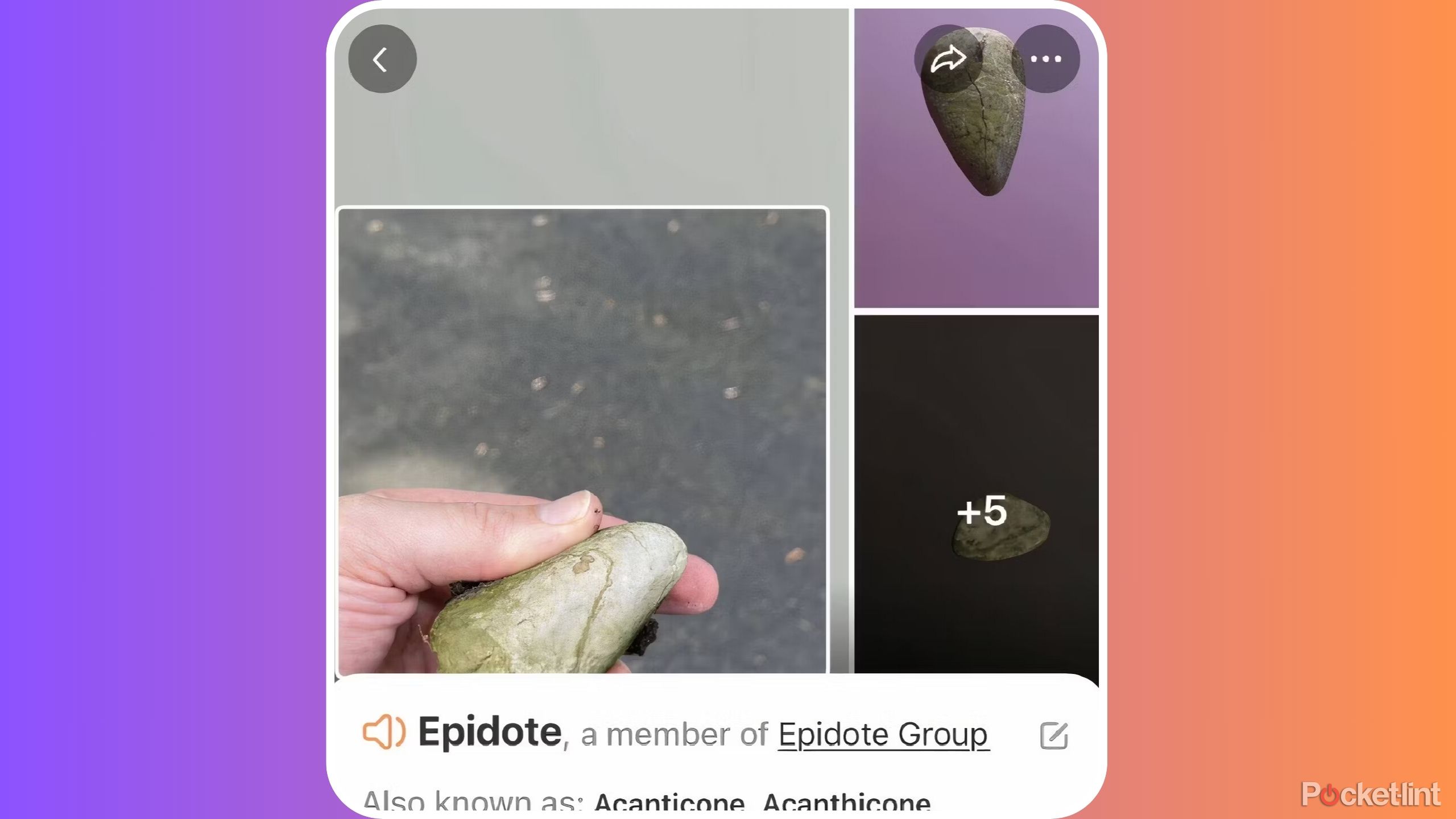Key Takeaways
- You can use apps like “Rock Identifier: Stone ID” to quickly determine the value of rocks.
- These apps have a database for you to reference different types of rocks for identification.
- The valuation tool can help you determine the worth of your rocks and gems.
You probably have kicked a thousand stones in your life while you’ve been walking on the street or sidewalk and thought nothing of it. Driving over rocks on the road is something that happens every day millions of times — rocks are rocks. Nobody is going to carefully scan every single thing they step on, but what if you’re actually walking past something very valuable? Rocks can sometimes, well, rock.
What if you could find out if the rock you kicked or the one you spotted on the beach was actually worth something?
Related
I use these 7 gadgets and apps to run faster and stronger
While all you really need is shoes, these gadgets and apps can totally boost your jog time.
No longer do you need to take it into a jewelry store to see if you have found a rare piece of earth. As you can imagine, there’s an app for that. In fact, there are numerous apps that you can download on your iPhone or Android phone that will quickly give you an idea of what kind of stone it is. It takes no time to see what you’re working with, whether you can skip it in the lake or if it’s something you’re going to want to hang onto.
The technology is in your pocket. The potential pay day could be at your feet. Here’s how to identify rocks with your phone.
How to scan rocks and stones with your phone
Downloading an app makes sense
There are a number of apps that you can use if you want to know what possible treasures you are holding or finding. There’s Rock Identifier: Stone ID, Rock & Crystal Identifier, Rock Master: Stone Identifier, and more. A lot of the apps seem to do the same thing. The one that I tested was Rock Identifier: Stone ID on the iPhone.
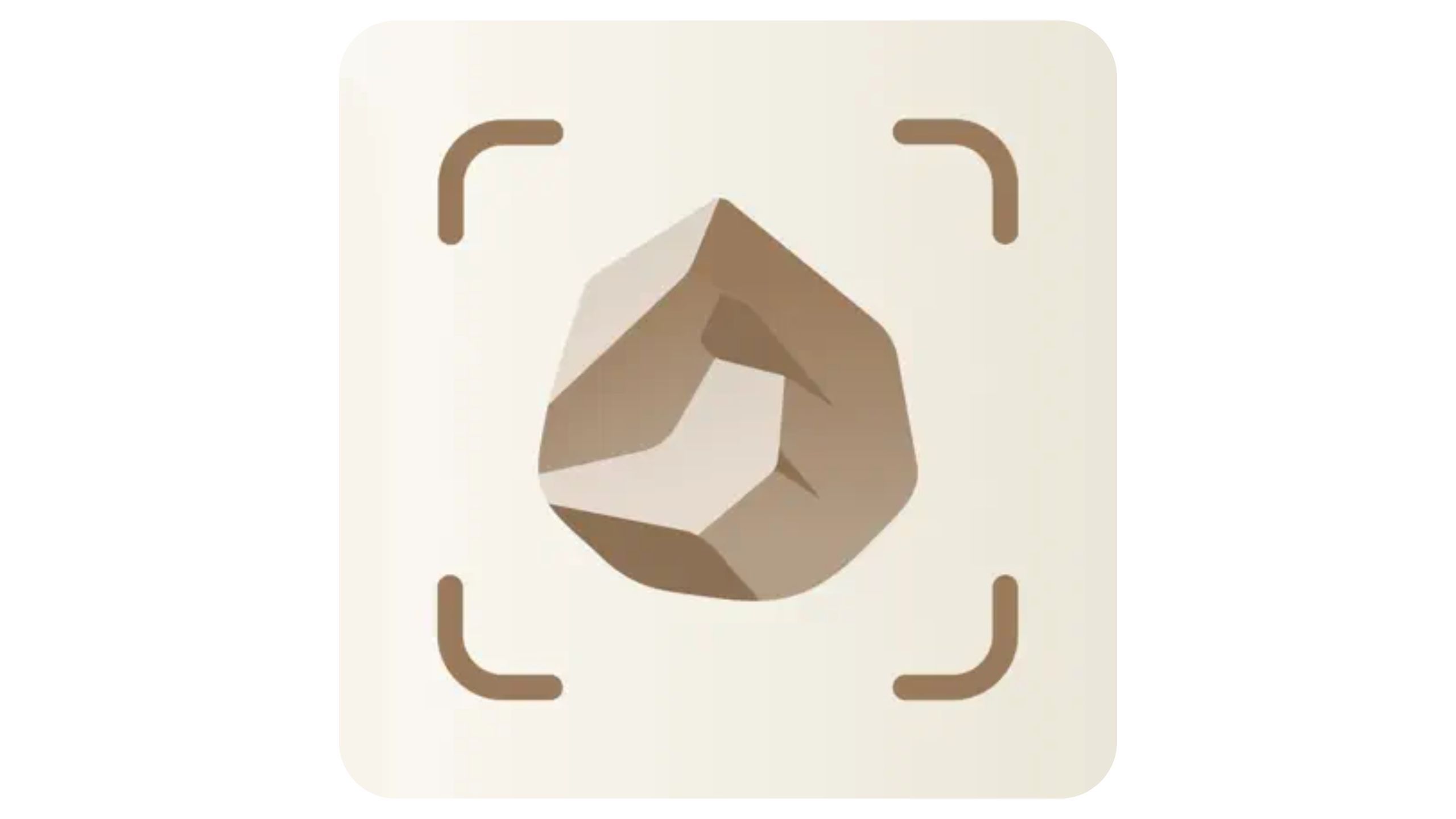
Tested rock identification app
Rock Identifier: Stone ID
- Compatibility
- iPhone or Android app
- Brand
- Next Vision Limited
- Price
- Free with in-app purchases
Rock Identifier: Stone ID offers a seven-day free trial to use its app, which I signed up for after downloading the app. Once you open the app, you have to allow the app to use your camera in order to take pictures of your stones and rocks. Then, you’re able to start scanning the rocks and stones to better understand what you have.
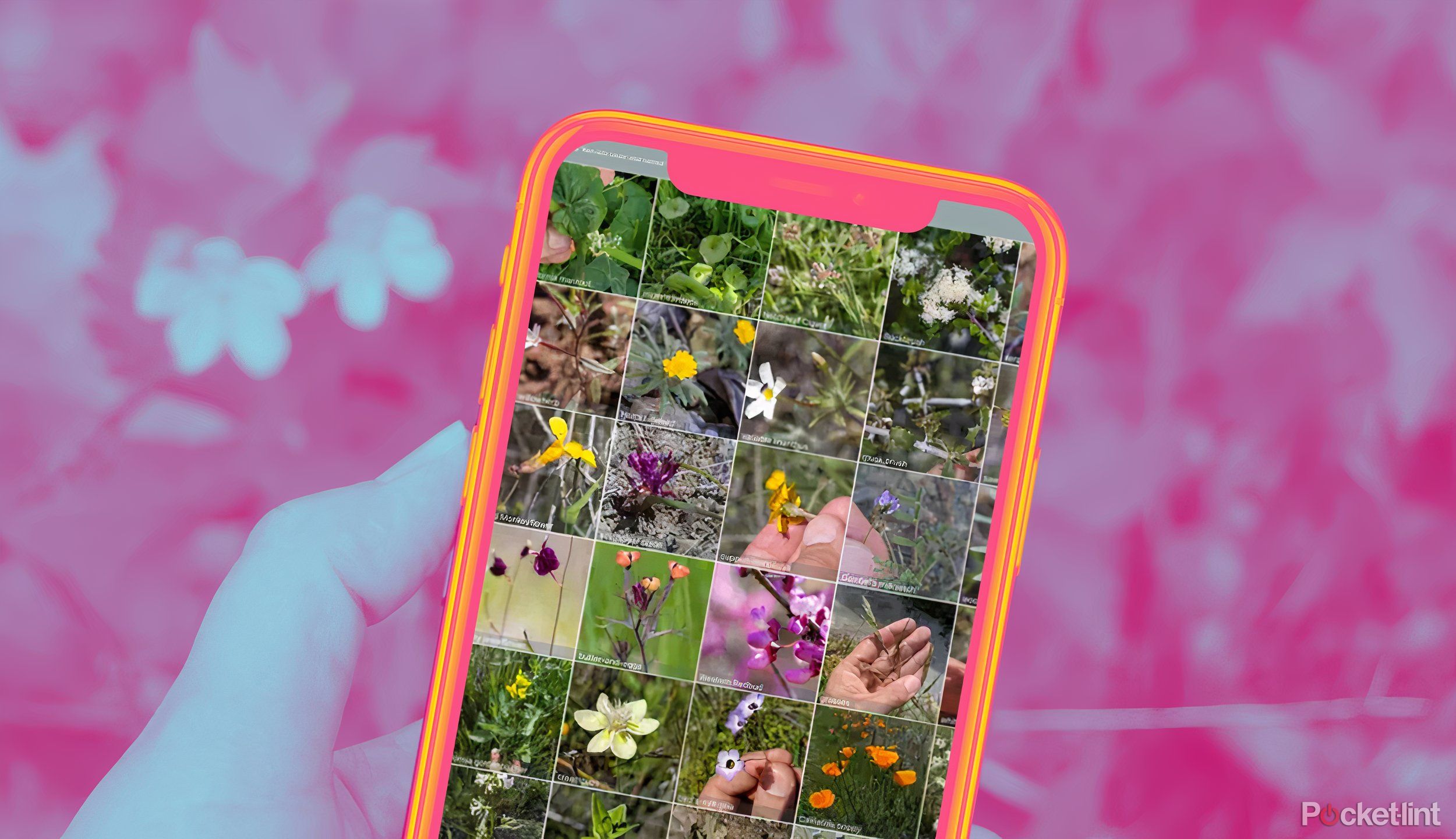
Related
Wait, is that poison ivy? How I use my phone to identify plants in my yard for free
Your phone can identify just about any plant in your yard — for free — and the best part is you probably already have the app you need installed.
Figuring out what you have
It’s pulled from a database
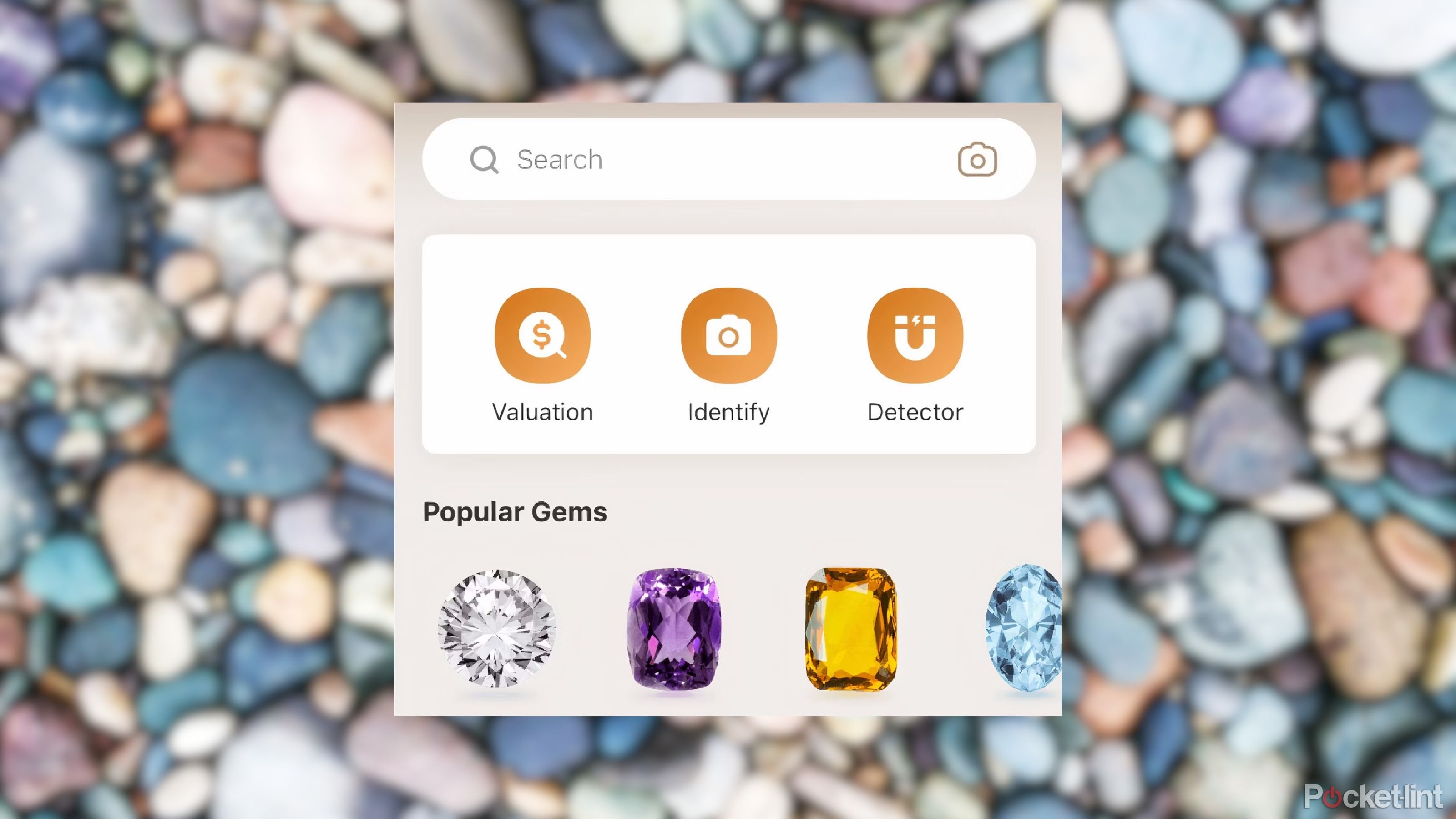
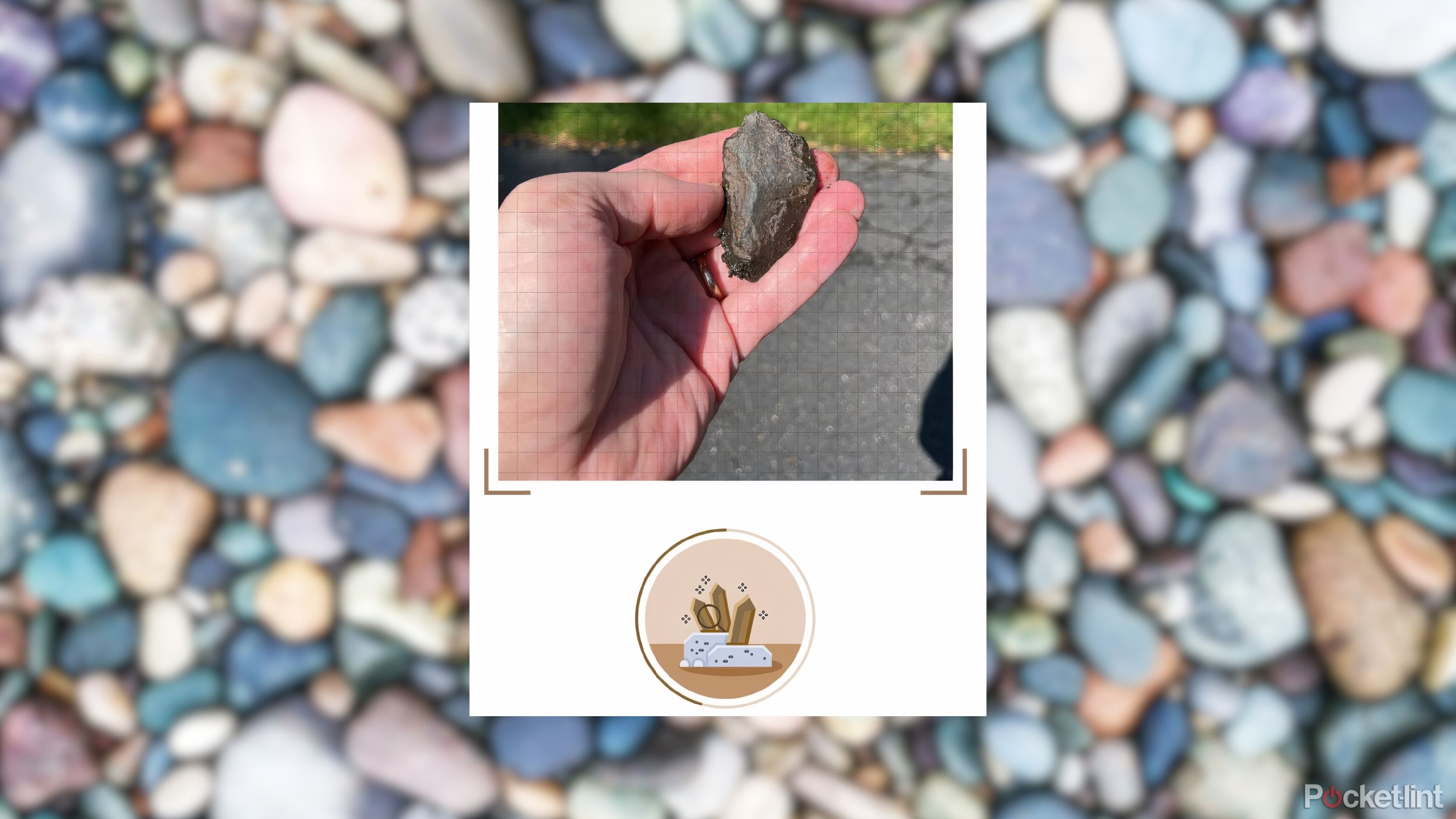
When you first open up the app, there’s a search bar that lets you look up gems and stones to reference the database entry that the app has for them. You can also look up the valuation of a certain rock, identify a stone or gem, or use the detector function to detect where one might be. Then, it gives you a list of some of the popular gems and rocks that people search for. At the bottom of the home page, there is a button that allows you to take a picture of the rock you’re holding.
Grid lines display on the screen prior to the verdict of what you have comes up.
If you hold it steady, the app will shimmer, letting you know it’s ready to take a picture. Once you snap a picture, the app begins zooming in and analyzing the photo. Grid lines display on the screen prior to the verdict of what you have comes up.
The database entry that most closely matches the rock that you’re holding will show up. It gives you traits such as where it is typically found, whether it’s just a common rock or not, and whether it is a crystal, healing stone, or another kind of object. This allows you to use the app on all kinds of stones, gems, crystals, minerals, and more.
It showed pictures of what it typically looks like and even allowed a side-by-side comparison of the photo I took with the ones from the database.
The first rock that I held up and took a picture of was classified as pyrite, a common mineral also known as fool’s gold. The rock was shiny and sparkling, so this was very possibly what this rock was. It showed pictures of what it typically looks like and even allowed a side-by-side comparison of the photo I took with the ones from the database. The app gives you more information about the rock such as what it might be used for, a definition of it, and where it’s typically found. You have the option to add it to a collection where you can keep all the gems, stones, and minerals that you log to reference at any time.

Related
Can’t spot a book on your shelves? Your iPhone will find it
Using your iPhone’s Live Text and OCR (optical character recognition) you can locate books even on the most chaotic shelves in seconds. Here’s how.
Valuing what you have
This gives you an idea of how much something might sell for
You can value what you have by using the valuation tool. This allows you to snap a photo, and it will tell you what it is worth. It will not work for ones that are in jewelry already. Scanning one will give you a valuation and what you might be able to get for it.
This works best for gems and stones that have been polished and aren’t dirty.
Of the three rocks I scanned, only one was potentially worth something. The first was Basalt, which is an igneous type of rock that is typically used in construction. It is not worth more than maybe $4 a piece. Pyrite, especially if it is larger, can be worth up to $80 per piece. The third rock was categorized as Epidote, an uncommon mineral that isn’t incredibly valuable, as it can fetch around $60 per piece. But its rarity marks it as a precious gemstone.
From doing more research on the Internet to see if the app was correct about my rocks, I can, without much certainty, say that it is likely correct about the three stones and gems I found.
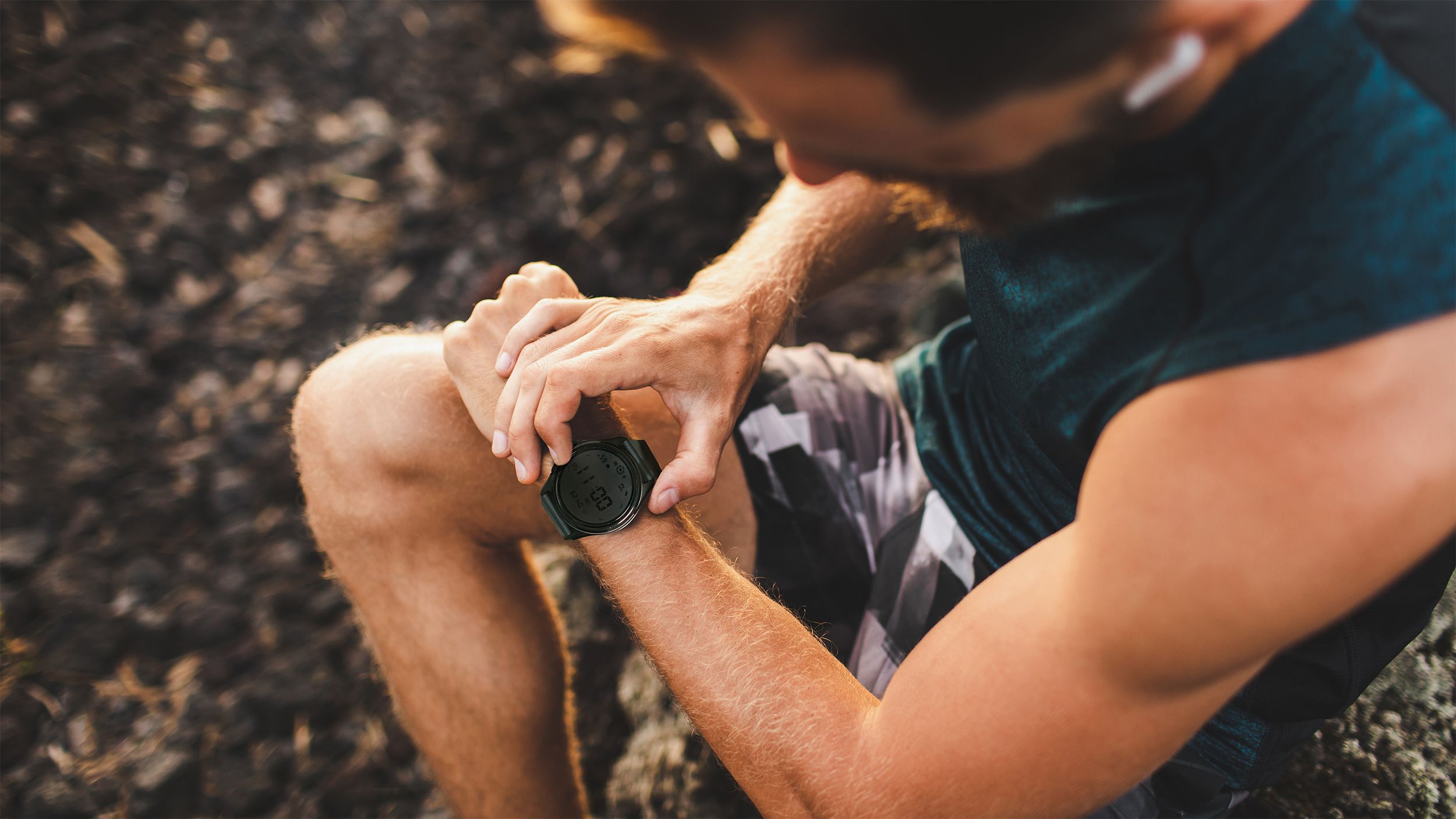
Related
The TicWatch Pro 5 Enduro is a rugged but budget-friendly adventure smartwatch
Mobvoi’s latest device sees a few key upgrades over the TicWatch Pro 5 to better serve outdoor athletes.
It’s good for beginners
If you know nothing about rocks, gems, and minerals, an app like this will make starting a collection fun. Maybe you want to go to collectible shops and look for newer pieces for your lineup. Maybe you want to start searching for the healing power of crystals and want to see if the ones you’re finding are good or not. This can easily identify what you find and be able to give you facts about it and how much it’s worth. This can be an effective tool for any novice collector or just someone who likes to pick up rocks and stones on the ground while they walk.
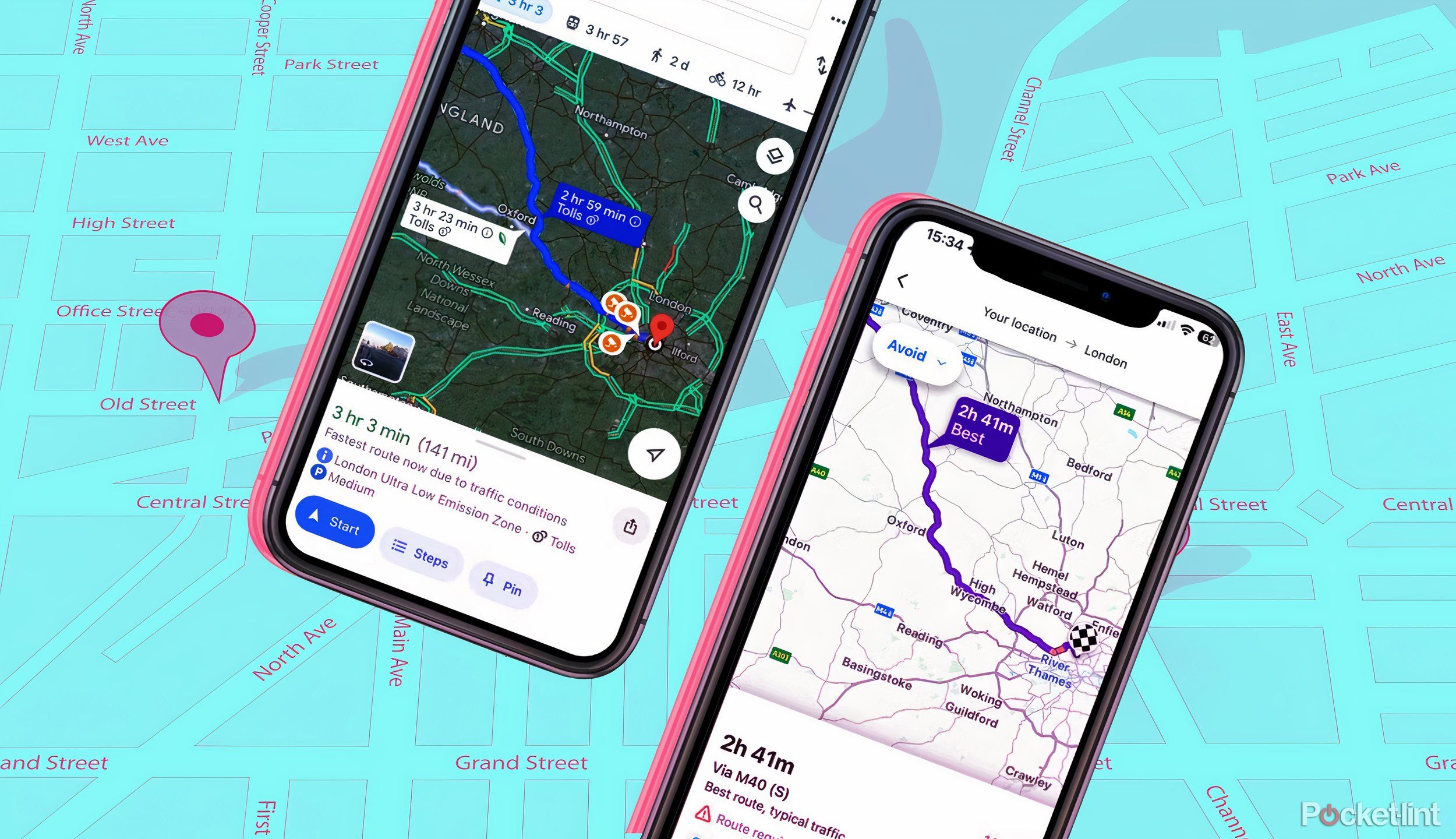
Related
I tested Google Maps against Waze to see which is actually better
Google owns two navigation apps: Waze and Google Maps. I use Waze regularly, but I downloaded Google Maps to see how it compares.
Trending Products

Cooler Master MasterBox Q300L Micro-ATX Tower with Magnetic Design Dust Filter, Transparent Acrylic Side Panel, Adjustable I/O & Fully Ventilated Airflow, Black (MCB-Q300L-KANN-S00)

ASUS TUF Gaming GT301 ZAKU II Edition ATX mid-Tower Compact case with Tempered Glass Side Panel, Honeycomb Front Panel…

ASUS TUF Gaming GT501 Mid-Tower Computer Case for up to EATX Motherboards with USB 3.0 Front Panel Cases GT501/GRY/WITH Handle

be quiet! Pure Base 500DX ATX Mid Tower PC case | ARGB | 3 Pre-Installed Pure Wings 2 Fans | Tempered Glass Window | Black | BGW37

ASUS ROG Strix Helios GX601 White Edition RGB Mid-Tower Computer Case for ATX/EATX Motherboards with tempered glass, aluminum frame, GPU braces, 420mm radiator support and Aura Sync

CORSAIR 7000D AIRFLOW Full-Tower ATX PC Case â High-Airflow Front Panel â Spacious Interior â Easy Cable Management â 3x 140mm AirGuide Fans with PWM Repeater Included â Black


